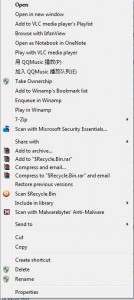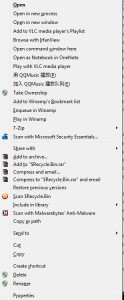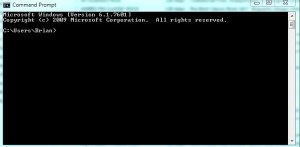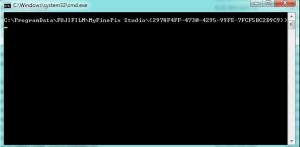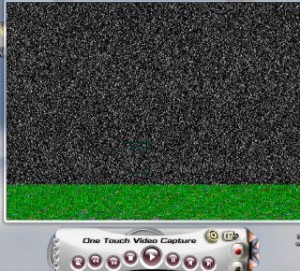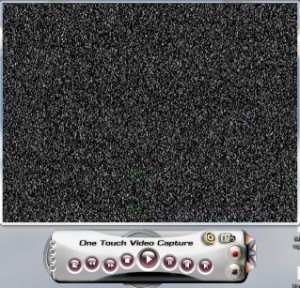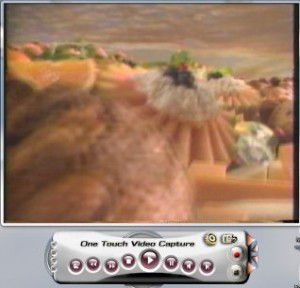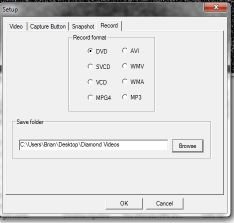Hotmail has been around since 1997, at least in its present form with Microsoft. Somehow, it doesn’t have the same cachet as Gmail, even though it’s been around for a lot longer, 2004 compared to 1997. Many of my contacts use Gmail for business, pretty much shunning Hotmail for reasons that I don’t quite understand…other than the sense that Gmail is sounds better. Here’s why I stick to Hotmail.
1. Easier Access – Over the years I’ve gotten used to using MSN chat. Sure, Gmail has Gmail chat but most of my friends around the globe use MSN and/or Skype (or QQ). Since I have my MSN chat open when I’m online, I get instant updates when I get an email from a contact. Additionally, I can access up to five of my Hotmail accounts from one account using the link feature. One sign-in lets me access my business account, my anonymous account (the one I use when I’m signing up for some sketchy-sounding freebie on the ‘net) as well as accounts that are linked to different websites that I own.
2. Sharing – I used to share music on Gmail using the Gmail Drive feature, mentioned here. Gmail gives you over 7 gigabytes of storage. Cool huh? Hotmail gives you 5 gigs of storage in your actual Hotmail account but they also give you 25 gigabytes in your Skydrive section. Cooler, huh? With my 25 gigs of storage, I can share music, videos, epubs, etc. In Gmail I would have to share a password with a trusted friend. In Hotmail all I have to do is send an email to share a folder. I can even allow someone to edit the files if I want. Personally, I find the Skydrive setup much simpler and easier to use than the substantially smaller Gmail storage.
3. The Cachet – If the name Hotmail doesn’t turn your crank, you could choose the ‘live.com’ option when signing up for an account there. Unfortunately you can’t switch your Hotmail to a live account. I think the biggest mistake that Microsoft made was choosing the Hotmail name but that’s done, can’t change it now. At that time, everything was new and fresh and, yes, hot on the brand new Internet. Things that you take for granted now weren’t even thought of then. When you actually think about it, the name Hotmail is no different from Gmail except that each is associated with what some consider the black and white of the computer world. While most of us use Windows, do we actually trust Microsoft? Somehow, Google is considered the white knight of the Internet, despite being just as monopolistic as Microsoft.
4. Spam Blocking – I’ve written here before about using the excellent spam blockers in Hotmail. Personally, I don’t see much of a difference between the Hotmail or Gmail spam settings. I get spam in each, lots of it. Blocking spam in Hotmail is much easier. Select the messages in the junk folder, choose Block at the top and poof, they’re blocked. You can block a whole domain or a single account just as easily. With Gmail you have to set up a filter. Finicky, in my opinion, and time consuming. Give me ‘click and block’ any time.
5. Finding an Email – Both Hotmail and Gmail have superb search features. It’s a tie there. However Hotmail allows you to arrange your emails in five different ways. If you click the ‘Select’ button over the email date, you can arrange your whole inbox by date, by who the emails are from, by the subject, by size or by conversation. I use this feature all the time. If I can’t remember any key word in an email, I can find what I’m looking for by arranging the emails in another way. It sounds strange but it happens. Order something online from Amazon but you can’t remember the title of the book? See all of the Amazon emails instantly by choosing ‘from’. You can then find the email quickly if you have a vague idea of the date of the order. If not, you can go through them one by one. I can’t do that in Gmail. (If I’m missing this, please let me know.)
6. One Gmail Plus – I’m sure there are perfectly good reasons to choose Gmail over Hotmail, other than the name, but I can think of only one. Choosing a series of messages in Gmail is much easier, choose one then hold down the shift key while choosing another one down the line. All messages in between will be chosen. That’s it!
What Do You Think? If I’ve missed something, let me know. Both Gmail and Hotmail are secure. I really prefer having my email left on the server instead of having it come into my home computer before I read it. I’m always online anyway so what’s the point of downloading all of my messages to work offline? If there is something on my site server or my ISP’s server, as soon as I open Outlook or Thunderbird, that bit of virus or malware gets sucked into my computer. Give me web-based mail any day. If you change ISPs, you have to go through the change of address motions which might or might not get to all of your clients or email contacts. I’ve had Hotmail since 1998, same account, and I’ve never lost an email.
Thanks for reading! Comments are very welcome.

